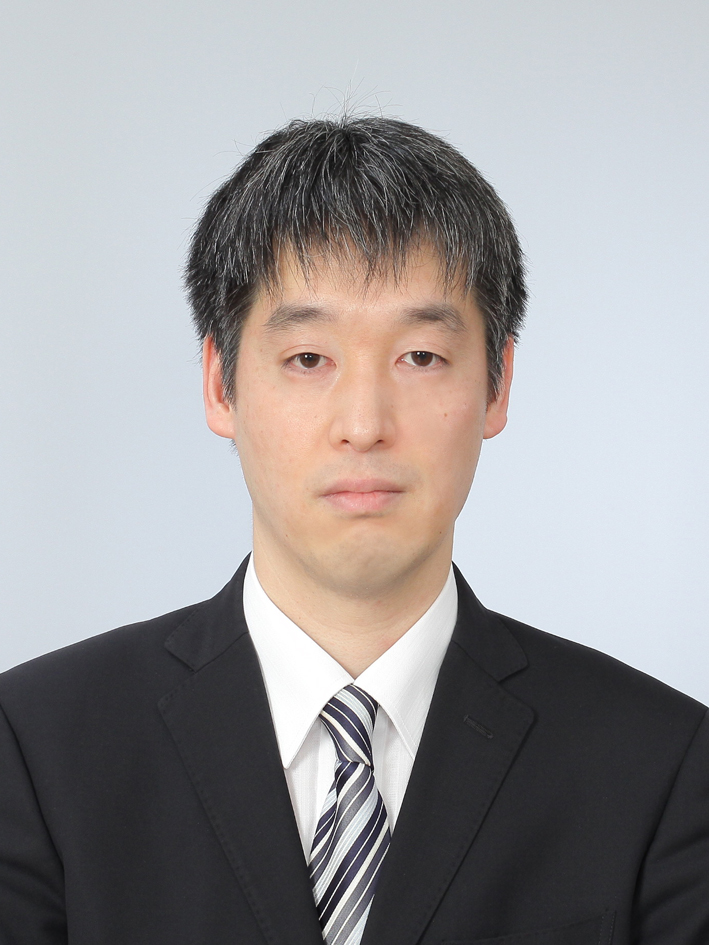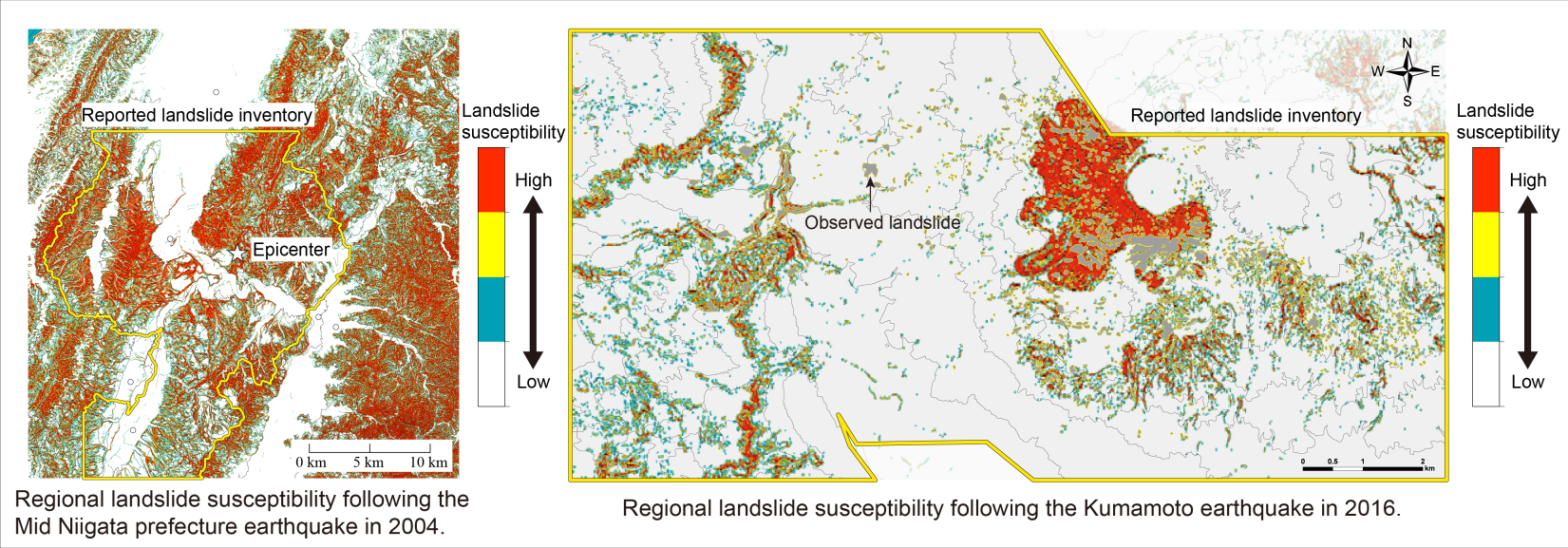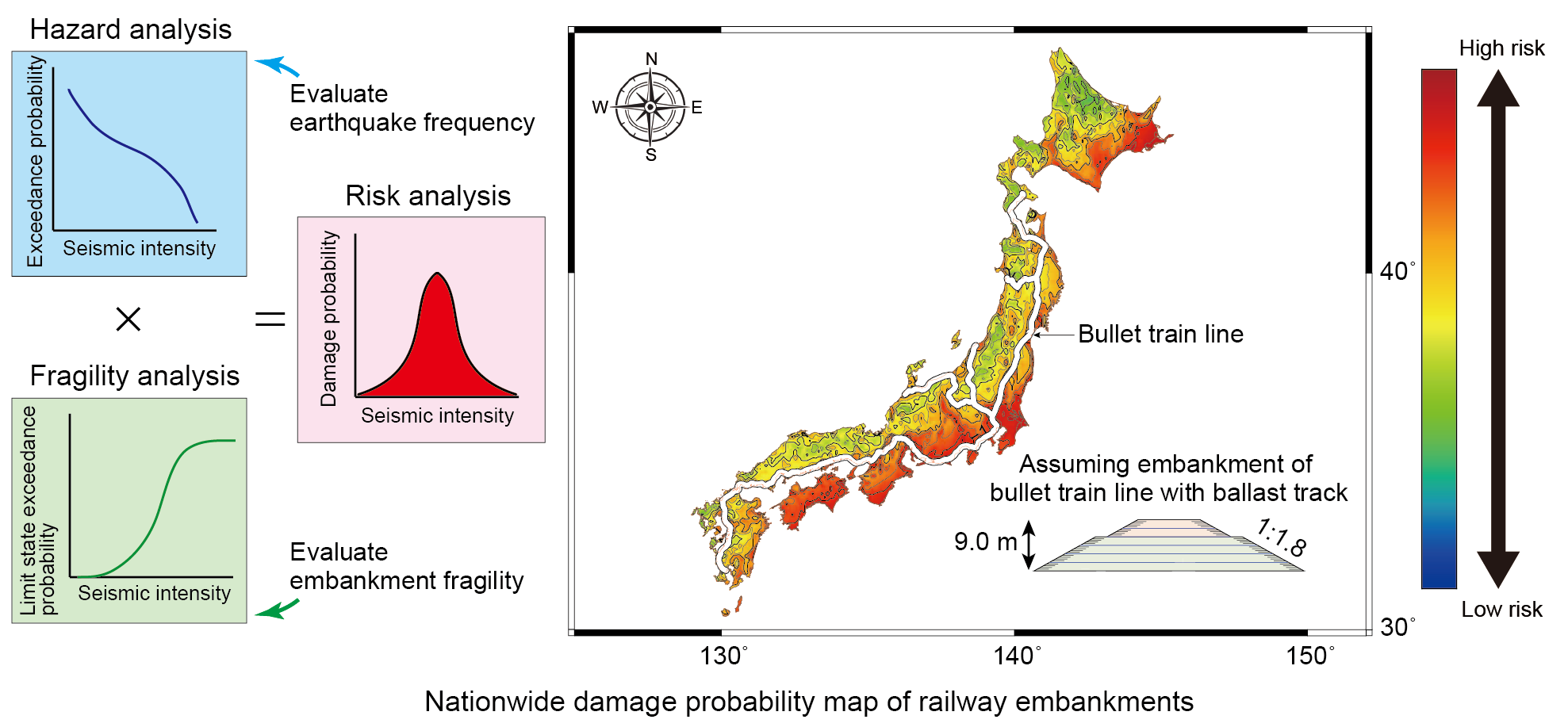Large-scale Earthquake Engineering Laboratory
Japan has been hit by a number of severe earthquakes. Meanwhile, our society has become overcrowded, and social systems have become complicated. Therefore, Japanese society has become extremely vulnerable to disasters such as earthquakes. Furthermore, it is predicted that large-scale earthquake disasters, such as the earthquake directly under the Tokyo metropolitan area and earthquakes in the Nankai Trough, will occur in Japan. In the event of such earthquakes, we may face a possible “national crisis” situation that we have never experienced before. To build a safe and secure society for the future, it is necessary to urgently create disaster mitigation measures, crisis management measures, and restoration and reconstruction measures in response to these large-scale earthquakes. In education, students will learn the basic theories on the occurrence of large-scale disasters, mitigation measures, and crisis management, as well as develop basic strategies for disaster response. Furthermore, in the research, we elucidate the characteristics of wide-area complex disaster, which are the characteristics of large-scale earthquakes, consider new alterations in the disaster pattern owing to social changes, and conduct research on the response plan for issues that will occur in the event of a large-scale earthquake in the future.
Teaching staff


Main Research Themes
Research on regional landslide susceptibility evaluation
Japan has topographical and geological conditions prone to landslides, and many earthquake-induced landslides have occurred. Therefore, we are developing a wide-area landslide susceptibility map that will be useful for early identification of the location and scale of damage to slopes after an earthquake, planning initial investigation, and prevention of secondary disasters. The developed landslide susceptibility maps provide a broad-scale understanding of the landslide risk.

Research on nationwide damage probability of embankments
The seismic design of embankments is generally conducted using a single, relatively large, deterministically defined design earthquake motion. In practice, however, the probability of small earthquakes is high, and the occurrence probability of large earthquakes is low. In other words, although the probability of occurrence is low, unexpected large earthquakes may occur. The probability and magnitude of earthquakes vary from region to region. Therefore, the frequency, magnitude, and location of earthquakes are evaluated by hazard analysis, and the susceptibility of embankments to collapse due to earthquakes is evaluated by fragility analysis. Using these results for risk analysis, the probability of seismic damage to nationwide embankments is evaluated.

Research on seismic reliability assessment and seismic design method for bridges
In addition to ensuring the required safety against design ground motions, it is becoming increasingly important to prevent catastrophic damage of structures under more severe ground motions than the design ground motions. If a made-to-order seismic isolator ruptures, it will require a long restoration period. The figure below shows that the seismic isolator having the capacity ratio of 1.2 or more to the reinforced concrete column improves the seismic safety of the seismically isolated bridges while avoiding the rupture of isolators.
